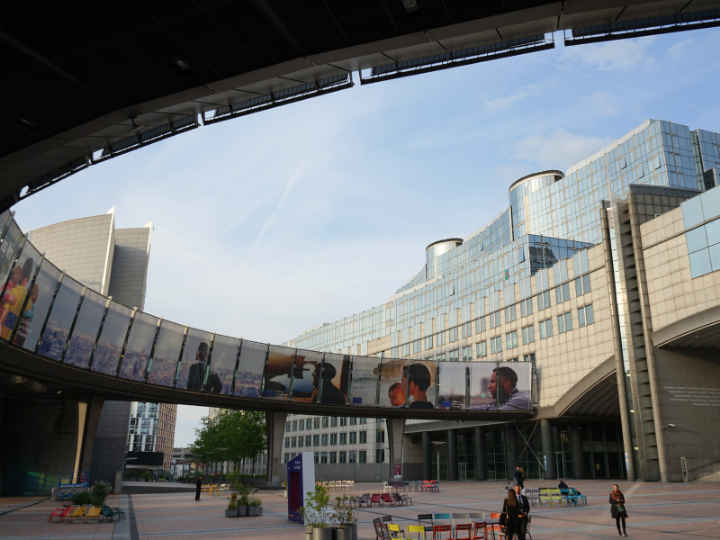by Nikolaus J. Kurmayer
Lawmakers made headway during a marathon negotiating session on Friday (13 October) to overhaul the EU’s buildings directive, but progress came at the cost of the proposal’s core mechanism to introduce mandatory renovation benchmarks.
To tackle the EU’s leaky building stock, the European Commission revamped the Energy Performance of Buildings Directive (EPBD) in late 2021.
At the core of the proposal are Minimum energy performance standards (MEPS), which set an obligation to renovate the 15% worst-performing buildings in each EU country, a move meant to target the poorest households, which cannot afford to renovate and are the most exposed to energy poverty.
However, the MEPS proposal quickly proved controversial in countries like Italy, which said the directive would devastate homeowners by forcing them to renovate.
Their fate was decided on Friday after a10-hour negotiating session between representatives of the European Parliament and EU member states, held behind closed doors, which concluded at 4:30 am.
According to information obtained by Euractiv, headway in the negotiations came at the cost of mandatory renovations, which have been abolished. Instead, the buildings directive will set out benchmark averages for each EU country, which will be empowered to set out their renovation trajectories.
Following a compromise proposal by Spain, which holds the EU’s six-month rotating presidency, the spirit of tackling worst-performing buildings will be preserved, albeit in a diminished capacity.
Under the deal reached on Friday, more than half of all renovations must be performed on worst-performing buildings. However, 40% of the building stock may be declared as such, meaning that even houses that are slightly below average can qualify as “worst-performing”.
“It is a delicate balance, improving the energy performance of the built environment while appreciating the challenges for ordinary people and businesses to renovate,” explained Sean Kelly, an Irish EU lawmaker with the centre-right European People’s Party.
Similarly, EU countries will have significant leeway in defining zero-emission buildings (ZEBs), which should make up 100% of the EU’s built environment one day.
In practice, this means thresholds for reaching ZEB status will be easier to attain – for instance, when buildings are connected to a heating grid – to account for “differing climatic zones across the Union” and material constraints, Kelly said.
Moreover, the classification system for the energy performance of houses will not be fully harmonised across the EU like initially planned, a move meant to account for differing climatic circumstances across the EU but will also cause fragmentation to persist across the 27-country bloc.
In Italy, where the “green homes directive” has become a figure of speech for overreach by Brussels, the outcome of the negotiations was celebrated.
“In spite of the image painted by the left, the Italian government managed to impose itself in a confrontation that many observers thought was lost,” Isabella Tovaglieri, a far-right (ID) lawmaker who hails from Italy and negotiates the law on behalf of her party, told nicolaporro.
With the law’s central instrument neutered, “Italian families will no longer have to fear having to pay an eco-cost of tens of thousands of euros to renovate their homes in a green manner,” she added.
Now that the biggest hurdle has been cleared, negotiations on the EPBD are expected to conclude swiftly. Ciaran Cuffe, a green Irish EU lawmaker representing the European Parliament in the talks, said he was “looking forward” to finishing the negotiations “in the coming weeks.”
*first published in: Euractiv.com




 By: N. Peter Kramer
By: N. Peter Kramer

